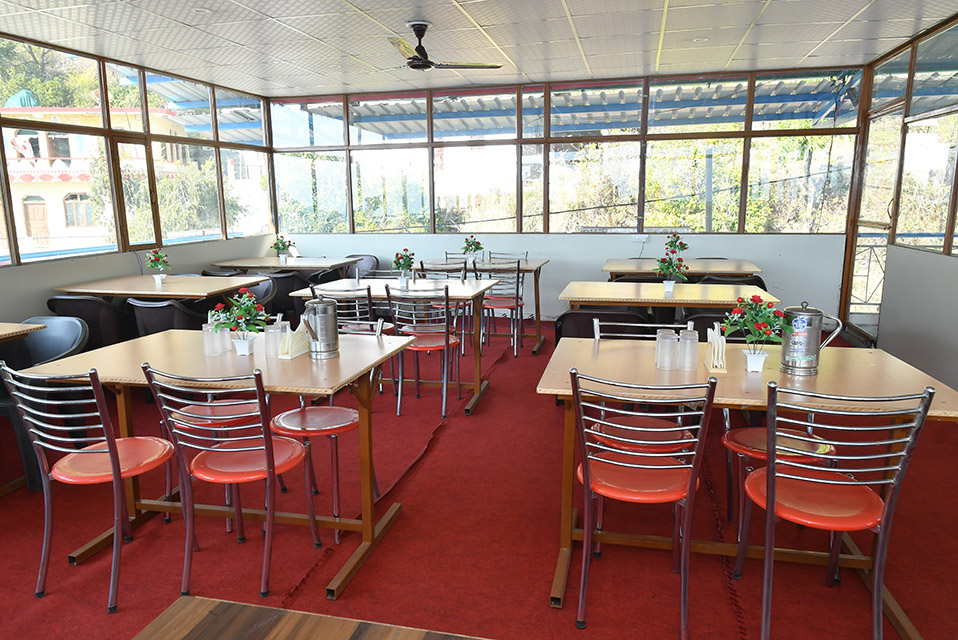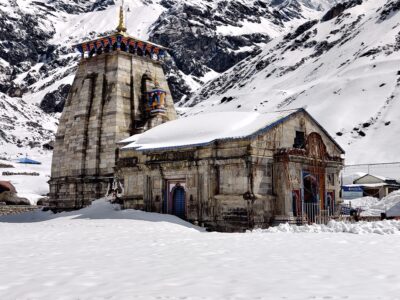Kedarnath is a very holy place in India. It is located high in the mountains of Uttarakhand at 3,583 meters height. This temple is one of the four most important Hindu pilgrimage sites and is devoted to Lord Shiva. The ancient temple is more than 1,200 years old and sits beautifully near the Mandakini River, with snow-covered mountains all around.
To reach Kedarnath, people walk 16 km from Gaurikund or ride horses/palkis. The temple is open only from April to November. During winter, the idol is taken to Ukhimath. The area around has the Kedarnath Wildlife Sanctuary with many rare plants and animals.
In 2013, big floods caused much damage here, but the temple has been repaired since then. The peaceful environment, sounds of prayers, and amazing mountain views make visiting Kedarnath a special experience for both religious people and nature lovers.
Sports & nature
Sports & Nature in Kedarnath
Trekking: The Kedarnath trek (16 km from Gaurikund) is a thrilling yet spiritual journey.
Helicopter Rides: For those unable to trek, chopper services (from Phata/Sirsi) offer aerial views.
Wildlife Spotting: The Kedarnath Wildlife Sanctuary hosts musk deer, snow leopards, and Himalayan monals.
Photography: Capture stunning views of Mandakini River, Chorabari Glacier, and Himalayan peaks.
(Nature lovers and adventure seekers find Kedarnath a paradise!) 🏔️📸
Nightlife info
Nightlife Info
Kedarnath is a devotional destination, not a party hub. However:
-
Evening Aarti: The temple’s magnificent night prayers under starry skies are mesmerising.
-
Stargazing: Clear nights offer unmatched views of the Milky Way.
-
Quiet Stay: Guesthouses and camps provide peaceful overnight stays with bonfires.
(No clubs, just cosmic spirituality!) 🌌🕉️
Culture and history info
Culture & History Info
Legend: Kedarnath is where Lord Shiva hid from the Pandavas after the Mahabharata, taking the form of a bull.
Adi Shankaracharya Connection: The 8th-century saint revived the temple and attained salvation here.
Architecture: Built with massive stone slabs, the temple withstands extreme weather.
Local Culture: Garhwali traditions, folk songs, and hotel langars (community meals) define the pilgrimage vibe.
(A blend of myth, history, and unwavering faith!) 🛕📜





